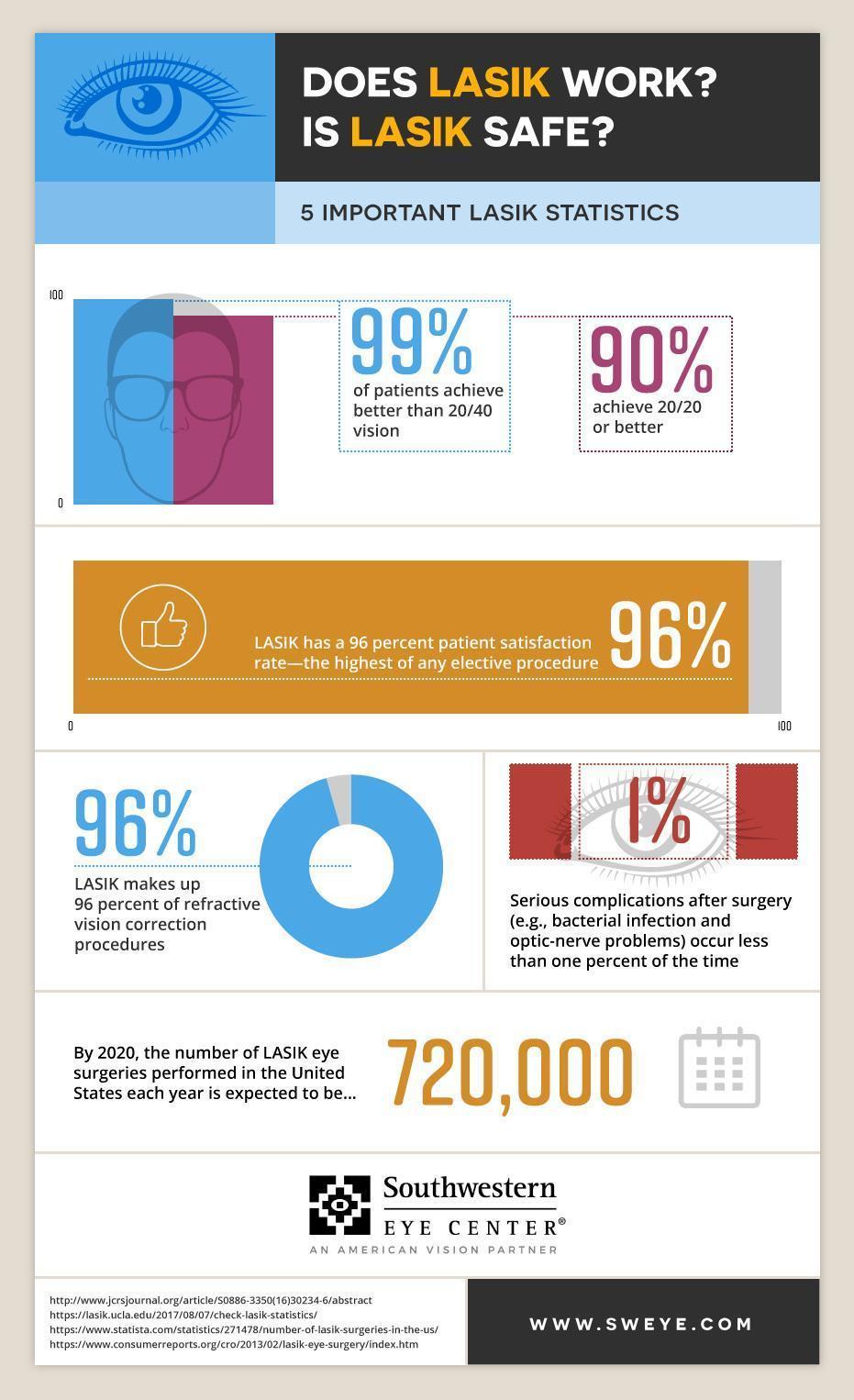Comprehending The Different Types Of Intraocular Lenses For Cataract Surgery

Authored by-Bragg Rose
During cataract surgical procedure, your all-natural lens is gotten rid of as well as replaced with a synthetic lens. Your surgeon will talk about with you the various kinds of IOLs available to minimize or remove your need for glasses after surgical procedure.
Basic IOLs have one focusing distance and are typically established for clear range vision. Premium IOLs, likewise called multifocal or accommodative lenses, have zones with different concentrating staminas to allow you to see far and wide items without glasses.
Monofocal IOLs
Criterion monofocal lenses are made use of most regularly to fix cataracts throughout a treatment called refractive lens exchange (additionally called clear lens exchange). The cataractous natural lens is changed with a fabricated one, leading to boosted vision.
These IOLs give clear vision at a solitary range. They are commonly readied to optimize your range vision, but you will certainly still need reading glasses for near items.
These lenses are made from an acrylic material that is flexible and foldable. This allows your eye doctor to position them right into the very same laceration whereby your natural lens was removed throughout surgery. Your ophthalmologist can discuss your IOL alternatives with you and recommend the very best strategy for your aesthetic needs.
Multifocal IOLs
These exceptional lenses offer a variety of focus regions, eliminating the requirement for glasses to see up close, far or in between. This is accomplished with multiple especially created concentrating powers or by suiting (changing form) the lens. It may take a while for your brain to adapt to these lenses, however the vision they offer is well worth the effort!
These lenses are split into 2 main classifications based on how they flex light to create multiple retinal photos. Average Cost For LASIK Eye Surgery can be classified as refractive multifocal and also diffractive multifocal lenses.
Refractive Multifocal IOLs have numerous curvatures to form "refractive areas" that bend light to create multiple retinal photos with various dioptric powers. This enables a higher degree of photo high quality without depending on the dimension of the pupil. Does Insurance Cover LASIK include the Tecnis Multifocal and Panoptix.
Toric IOLs
In people with astigmatism, the contour of the cornea is slightly incomplete, so light getting in the eye is not concentrated in one area on the retina. This leads to blurred vision. Throughout click here for info , toric IOLs are aligned so the lens's steepest section matches this contour and also creates clear, sharp vision.
Toric IOLs are a terrific alternative for people that need cataract surgery and also want to minimize their reliance on glasses or call lenses. Nonetheless, a toric IOL requires to be perfectly lined up for optimum aesthetic results. For every 3 levels of imbalance, the IOL is 10% much less reliable.
To reduce the danger of postoperative IOL rotation, the ophthalmic viscoelastic device (OVD) need to be thoroughly removed from the capsular bag prior to IOL insertion. During this action, the specialist must thoroughly mark the steepest factor of the cornea to assist direct the IOL's axis after it is implanted. This assists protect against the individual from having to go through surgical treatment once again to have the IOL re-aligned.
Prolonged Deepness of Emphasis (EDOF) IOLs
A brand-new technology has just recently emerged in the treatment of presbyopia called Extended Deepness of Focus (EDOF). These lenses make use of a single extended prime focus to enhance range of vision. The resulting lenses do not have the several factors of emphasis of multifocal IOLs, which can trigger halos and also glare for some people.
An ideal EDOF lens would certainly supply a sharp emphasis over an array from plano to -1.50 D, allowing patients to see near, intermediate, and distance items without glasses. The initial EDOF IOL to be presented was the diffractive layout of the Tecnis Symfony IOL, which makes use of light-splitting rings to prolong the range of vision. Nevertheless, this layout can create a decrease in contrast sensitivity that several patients do not tolerate well.
A more recent non-diffractive EDOF IOL is the Vivity IOL, which combines aspheric optics with a pinhole layout to increase depth of focus. This design reduces generated aberrations and may result in better comparison sensitivity, though it does not totally correct for astigmatism or enable useful near vision.

